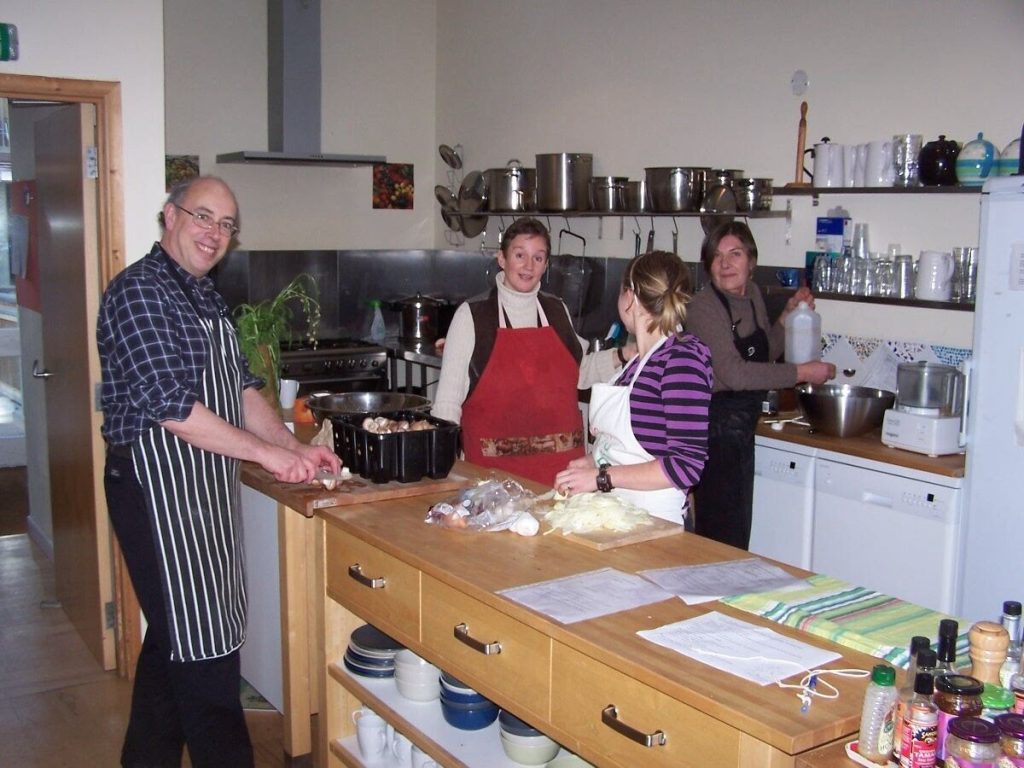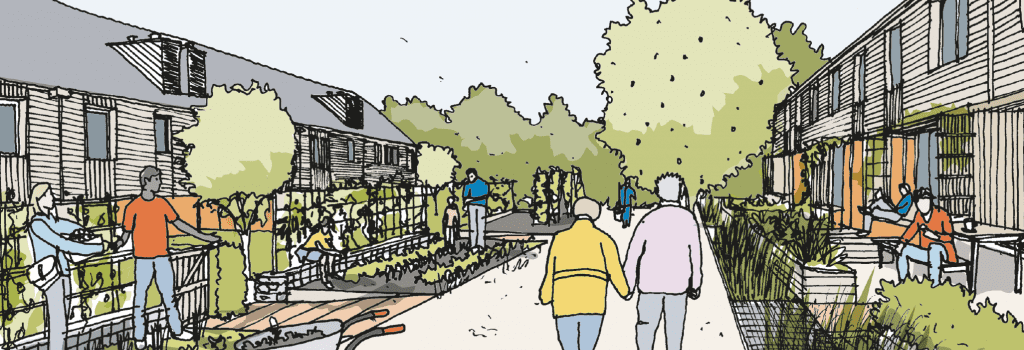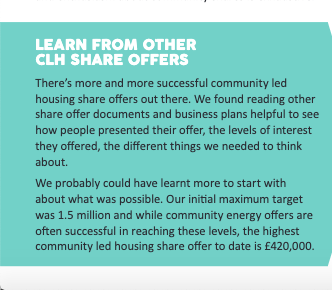Co-Housing/Intentional Communities/Cooperative Housing

In stressed times for housing and health, coming together to make affordable housing more viable for more people in a common space is a natural response for many.
The grassroots response with all CLH forms is to make possible a ‘carry while you climb’ ethos amongst communities.
Living in a collective will be along a spectrum. Cooperatives have negotiated, on one end, greater financial control and freedom for its residents with some combined resources. Co-housing adds into collective living the shared ownership of material and land and resources–creating a sense of neighbourhood. And further still along the spectrum, being in an intentional community means sharing a full and committed lifestyle day-to-day, while also achieving all of the above.
Co-Housing
Co-Housing is not a legal structure, rather a group’s agreement to share resources and communal activities together. The overarching legal structure of a co-housing development can be a coop, a mutual society, and/or a limited company. There are probably many company forms that would work well depending on the group’s circumstances.
When finances are pooled in a common house or common green space the community has a sense of expanded buy-in and ownership. At the moment, this is what makes co-housing in the UK fast-growing. Whether co-housing is developed as an eco community aiming to live as sustainably as possible, with shared kitchen and laundry, or as a group of older people wanting to share their time and gardening with others, the model works with collective agreements. The fine balance of independence and co-existence makes co-housing a viable standard of housing above and beyond ‘house-sharing’. Lease agreements are often shares, and entering/leaving the co-housing group requires a process.
To learn about Co Housing communities, see: https://cohousing.org.uk/about-uk-cohousing/
Hazelmead, an exciting co-housing CLT project in Bridport: https://bridportcohousing.org.uk/
Intentional Communities
Tinker’s Bubble is probably one of Britain’s most famous examples of an intentional community. Sited in North Somerset, it has lasted the test of time and planners. What makes intentional communities unique over conventional co-housing is their central organisation around a philosophical tenet of ‘right living’ and often ‘light living’. Community spirit is high in intentional communities where tackling challenges together is a skilling up and bonding experience. There are of all kinds of Intentional Communities, check out listings in Britain’s Intentional Community portal: https://diggersanddreamers.org.uk/ and visit Radical Routes a directory for all kinds of community living and activism https://www.radicalroutes.org.uk/
Cooperative Housing
One of the best known and oldest models of community-led housing (as well as other collective groups) is the cooperative. Cooperatives are based on values of self-help and responsibility, equity and equality. They are democratically run with every resident having a say in community management and strategic planning.
The community is the members, and they form a corporation. Often, the cooperative becomes the freeholder of the land, buildings, and common areas the residents occupy. Members own shares in the coop and no member profits or owns more than another. They prove practical in more densely populated areas where member totals can be frequently over 50. Several support organisations in the UK exist to help cooperatives manage their administration.
Find a Cooperative near you here: https://www.uk.coop/directory
and also check: www.cch.coop/



